RFID Implementation Pitfalls: 5 Costly Mistakes and How to Avoid Them
433Avoid common RFID implementation mistakes that waste time and money. Learn best practices for seamless integration in logistics, healthcare, and retail.
MoreAll RFID Product
Back when I was running supply chain projects, my biggest nightmare wasn’t slow sales — it was not being able to tell where my stock actually was.
Take last year’s Double 11 (China’s Black Friday) at an e-commerce warehouse in Longgang, Shenzhen. The system showed we still had 3,200 units of a hot-selling power bank. A manual check revealed only 2,800. The missing 400? No clue. Wrong shipments? Overstock buried somewhere? Or just vanished? That’s when it hit me: inventory accuracy is the profit floor for any business.
Barcode scanning for stock-takes in a high-SKU environment is like watching a movie in slow motion. Then we tried RFID (Radio Frequency Identification), and I realized it’s not just “faster” — it’s a ticket out of the stock-taking grind.
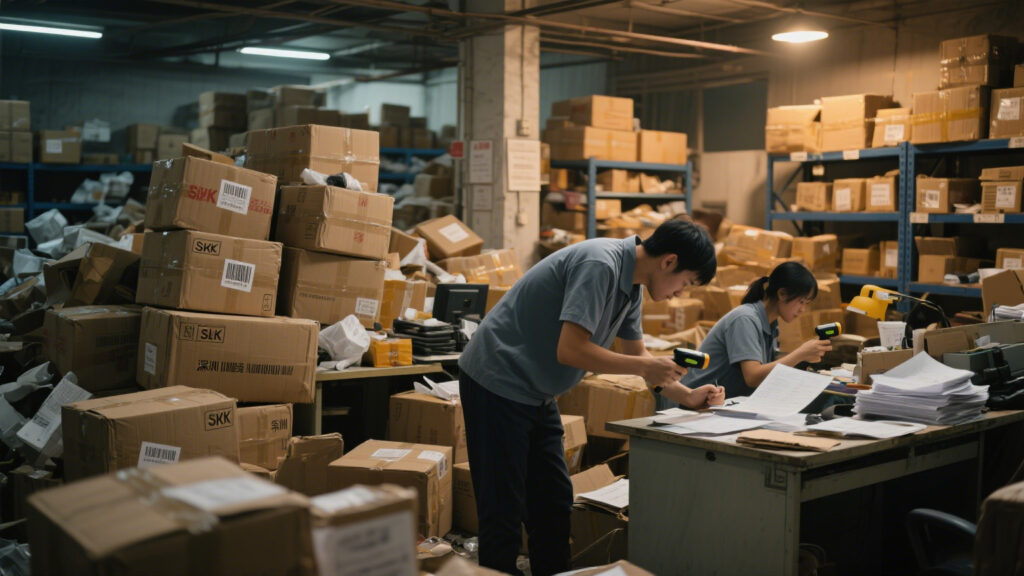
RFID works by reading electronic tags (Tags) attached to items using radio waves. Think of it as a barcode upgrade — except it doesn’t use “eyes” (barcode scanners) to see, but “ears” (readers) to listen.
In the industry, we usually talk about two types:
Here’s an industry secret: most factories dipping their toes into RFID start with passive tags. The moment a boss hears “You’ll need to replace batteries,” you can see the frown forming.
In retail trials, RFID boosted stock accuracy from 75% to over 95%. Sounds impressive, but let’s be real — you don’t get that on day one. In our Dongguan 3C warehouse pilot, the first three counts still had 5% errors. We later found it was because tags were slapped on randomly, with metal shelves blocking signals.
RFID’s most addictive feature? Bulk reads. Walk past a row of shelves and hundreds of tags go beep-beep-beep into the system. Compared to scanning items one by one with a barcode gun, it’s like taking a bullet train instead of a shared bike.
During a trial in a Suzhou warehouse, the client’s backend could track the real-time location of every box — like installing GPS inside the warehouse. This killed the classic “I can’t find it” excuse some pickers loved to use.
Honestly, this part isn’t plug-and-play. Yes, RFID integrates beautifully with WMS (Warehouse Management System) to automate receiving, stock-taking, and dispatch. But unless you get the system interfaces right, you’re just building a high-tech island.
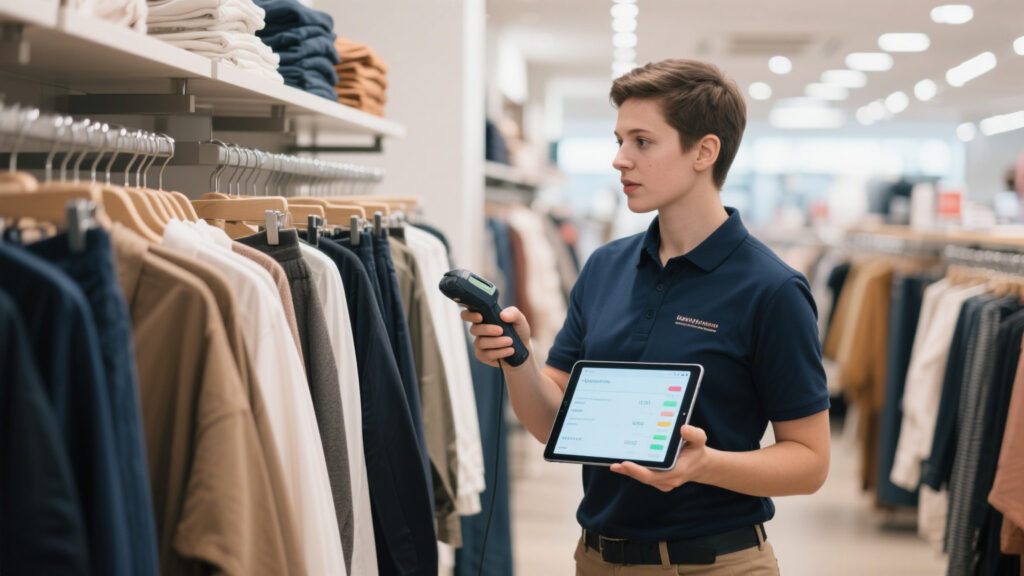
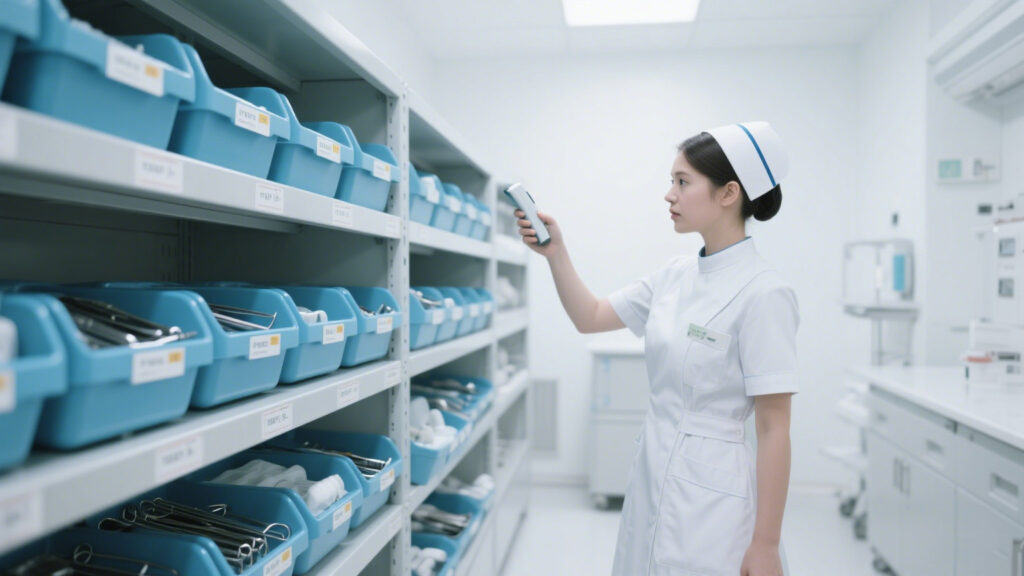
RFID isn’t a magic wand — it won’t instantly wipe out stockouts, overstocking, or mis-shipments. But it will turn your inventory data from “guesswork” into “science.”
Personally, I think when tag prices drop another 30% and integration costs for SMEs are cut in half, RFID will be as common as barcodes today. By then, though, some newer black-tech will probably be ready to steal its spotlight. That’s the reality of supply chain: always chasing, always upgrading.
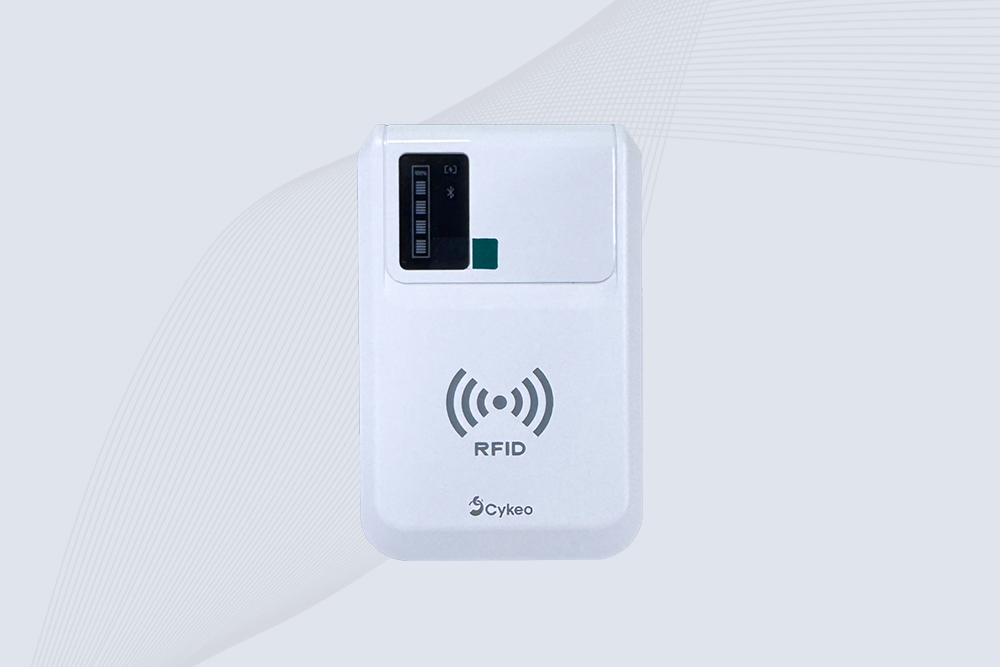
Cykeo CK-B5L portable RFID reader iPhone offers Bluetooth 5.0 connectivity, 500 tags/sec scanning, and IP54 ruggedness for retail/warehouse/medical asset tracking.
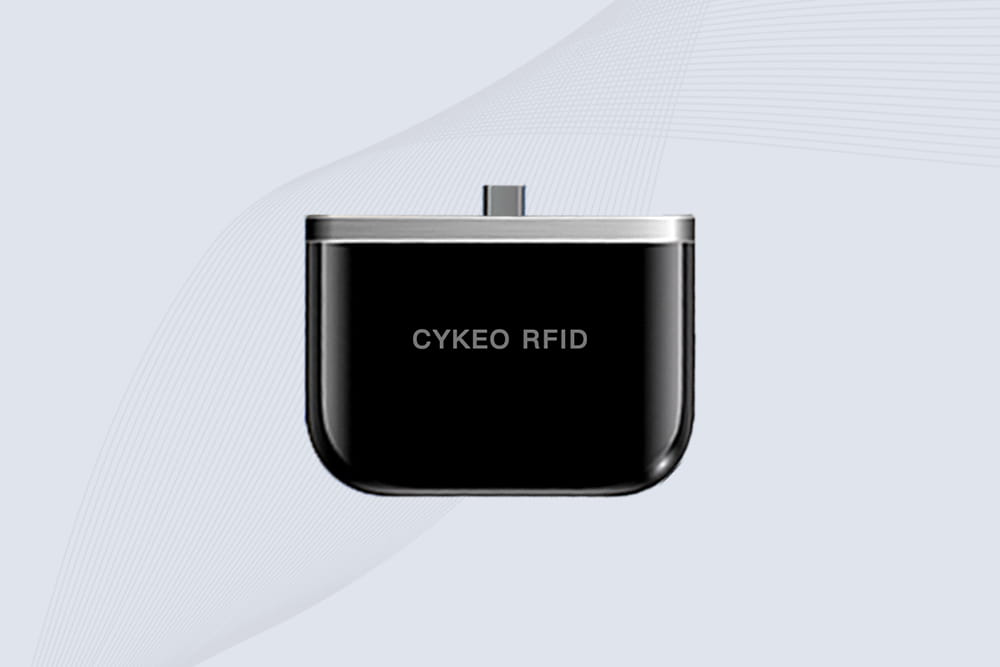
Cykeo CK-B4L Android RFID reader features 37g magnetic phone attachment, 30cm UHF scanning, and Java/C# SDK for mobile asset tracking. Ideal for anti-counterfeit and warehouse verification.
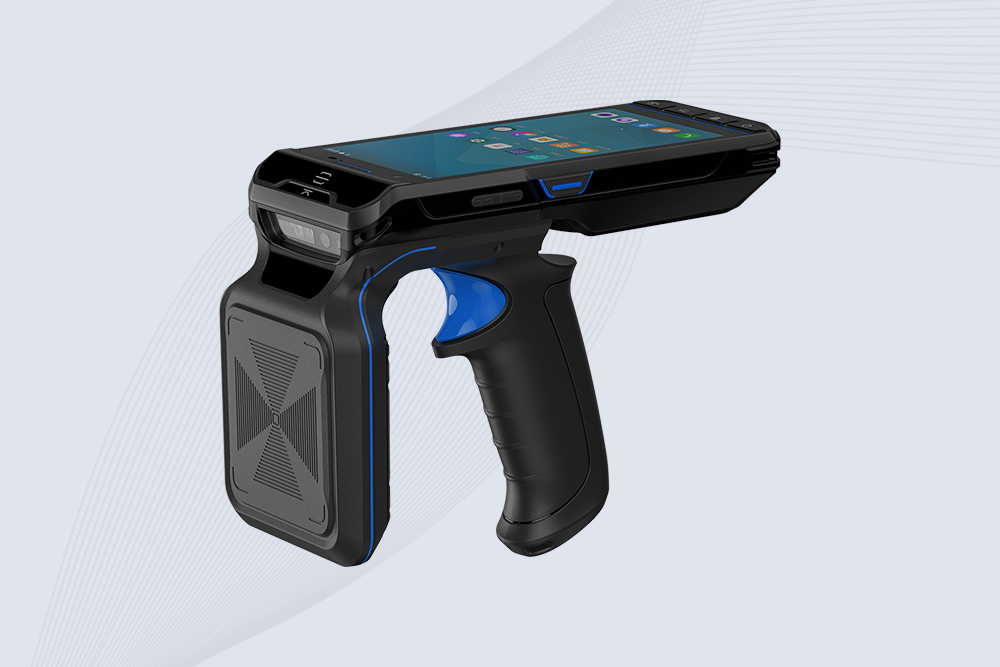
Cykeo CK-B3L industrial handheld UHF RFID Reader terminal features 20m read range, 500 tags/sec scanning, Android 13 OS, 12-hour battery for logistics/retail/manufacturing. Supports barcode/NFC/ID reading.
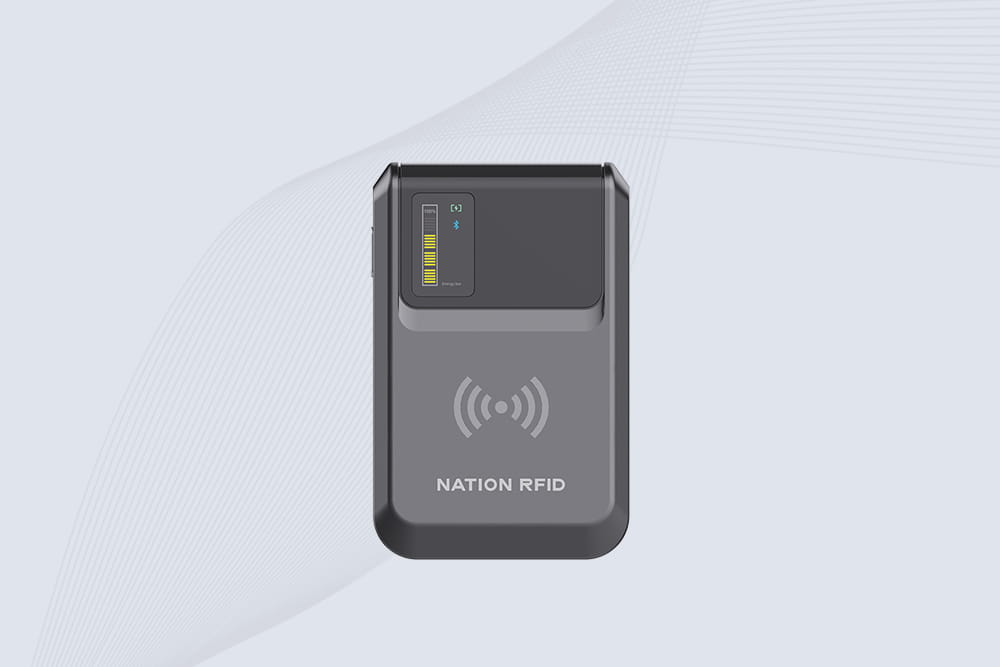
Cykeo CK-R10 portable iPhone RFID reader features 8m range, 500 tags/sec scanning, and built-in 10000mAh charger. Perfect for retail/warehouse teams needing iOS integration.
Avoid common RFID implementation mistakes that waste time and money. Learn best practices for seamless integration in logistics, healthcare, and retail.
MoreRFID card readers aren’t just gadgets. This practical guide explores real-world setups, common hiccups, and lessons learned in offices, warehouses, schools, and DIY projects, with hands-on tips and observations.
MoreDiscover what an RFID inventory system is, how it automates tracking, its benefits over barcodes, and real-world applications. Optimize your operations with Cykeo.
MoreDiscover the real use of RFID in inventory management—how it improves accuracy, speeds up cycle counts, reduces shrinkage, and helps businesses gain real-time visibility. Learn the pros, cons, and real-world applications of RFID in warehouses and ...
More